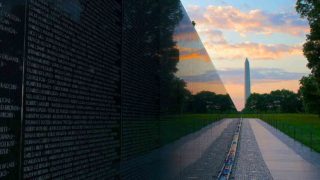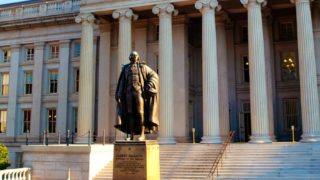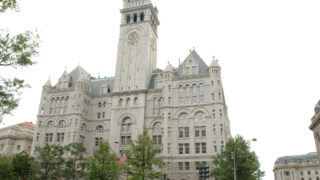U.S. Supreme Court
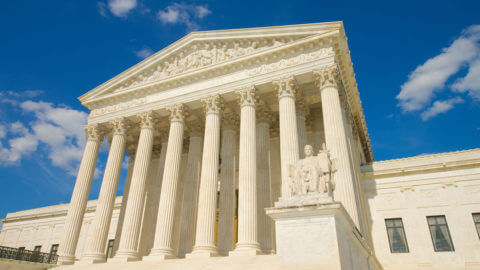
Upon arrival at the Supreme Court, visitors are often struck by the imposing marble building. Architecturally magnificent, the neoclassical structure was built in 1935 to become the permanent home to the Supreme Court. Walking along the hallway towards the Courtroom, guests are greeted by busts of all the former Chief Justices. The Supreme Court is the highest judiciary authority in the United States and hears about 100 cases each year, although more than 7,000 are submitted before them. Visitors can tour the Supreme Court building, hear lectures on the history of the court and how it works, sit in on sessions on specified days and times and view various exhibits throughout the year.
Despite its central role as one of the three main branches of government outlined in the U.S. Constitution, the Supreme Court did not have its own venue to conduct business for the first 145 years of its existence. The Court initially met in the Merchants Exchange Building while the capital was located in New York. When the nation’s capital moved to Philadelphia beginning in 1790, the Court met in Independence Hall and City Hall. With the establishment of the federal city 10 years later, the Supreme Court occupied chambers in various parts of the Capitol Building. It would also convene in a private residence for a short time after British soldiers burned Washington, D.C. during the War of 1812. The Court would return to the Capitol and occupy the Old Supreme Court Chamber from 1819 until 1860. With expansion of the Capitol, the Court was relocated and convened in the Old Senate Chamber from 1860 until 1935.
The Essential Way to Visit the U.S. Supreme Court
The best way to visit the U.S. Supreme Court Building, the nation’s highest judicial authority, is with Old Town Trolley Tours. This expertly narrated, hop-on/hop-off tour provides stress-free, direct transportation to the U.S. Capitol complex, ensuring you maximize your time exploring this symbol of “Equal Justice Under Law.” Old Town Trolley Tours connects you seamlessly to the Court and all major D.C. landmarks.
Why Choose Old Town Trolley Tours?
- Dedicated Court Stop: Your ticket grants convenient drop-off near the Supreme Court, Library of Congress, and U.S. Capitol.
- Zero-Stress Transit: Completely bypass D.C.’s heavy traffic and high cost of parking with comfortable, continuous transport.
- Optimize Your Day: Seamlessly link your judicial and legislative branch visits with monuments on the National Mall.
- Educational Context: Enjoy live narration covering the Court’s history and its surrounding Capitol Hill government buildings.
U.S. Supreme Court Visitor Information
Make the most of your judicial branch visit with an Old Town Trolley Tours ticket, your all-access pass to the city’s rich history.
- Free Entry and Programming: Admission to the building and all visitor programming, like courtroom lectures, is free and offered on a first-come, first-served basis.
- Courtroom and History Viewing: You can view the majestic Court Chamber with its 24 imported marble columns and tour the Great Hall featuring busts of former Chief Justices.
- Self-Guided Exploration Encouraged: Visitors can view the public portions of the building and take advantage of various educational programs and exhibitions at their own pace.
- Iconic Judicial Architecture: See the statues Contemplation of Justice and Authority of Law at the front entrance, and the famous inscription “Equal Justice Under Law.”
- Convenient Transport Connection: The nearby Old Town Trolley Tours stop offers a hop-on/hop-off service connecting to the Supreme Court, U.S. Capitol, and Library of Congress.
Brief History of the Supreme Court Building
Former president and then Chief Justice of the Supreme Court, William Howard Taft persuaded Congress in 1929 to authorize the construction of a separate building for the Court. Architect Cass Gilbert was selected to design the new federal building. The construction project began in 1932. Neither Taft nor Gilbert survived to see the completed building, which was finished in 1935. Chief Justice Charles Hughes and Cass Gilbert, Jr. oversaw the construction of the new Courthouse, which was completed under budget.
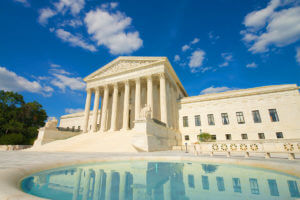
The Supreme Court Building occupies a site that was once the setting of the Old Brick Capitol, which served as a temporary capitol from 1815 until 1819. The building was also a private school boarding house and prison. It was razed in 1929 to make room for the new Supreme Court Building. A basketball court on the building’s fifth floor is colloquially known as “the highest court in the land.” The Supreme Court Building is one of only a few buildings designated as a National Landmark that is not listed on the National Register of Historic Places.
Must See Exhibits
The Supreme Court Building does not offer guided tours. You are encouraged to view the public spaces at your own pace. The exterior grounds as well as portions of the ground and first floors are open to the public. The building’s main façade faces west toward the U.S. Capitol. The main plaza includes fountains, flagpoles and benches as well as marble candelabra depicting “Justice” holding a sword and scales. A bas-relief sculpture of the Greek deities known as the Three Fates knit the thread of life. The base of each flagpole contains symbolic designs of scales, a sword, pen and book as well as the elements of earth, air, water and fire.
Two sculptures of seated figures by James Earle Fraser flank the main entrance. While the female figure entitled Contemplation of Justice is situated on the left, the male figure Guardian of Authority is found on the right. The 6.5-ton bronze doors depict historic scenes from the development of law created by John Donnelly, Jr. Above the entrance is the inscription “Equal Justice Under Law.” On the east side of the building, there are several sculptures of famous lawgivers by Hermon MacNeil. These include Confucius, Moses and Solomon. The east façade bears the inscription “Justice, the Guardian of Liberty.”
Inside the building, visitors can tour the Great Hall. It features busts of former chief justices and friezes depicting heraldic devices and profiles of famous lawgivers. The most famous is the 1883 bust depiction of John Marshall by William Wetmore Story. It stood on the west lawn of the Capitol until it was relocated in 1981. You can also see two five-story self-supporting bronze and marble staircases. The Court Chamber features 24 imported Italian marble columns as well as sculpted marble panels of famous lawgivers and legal themes.
Seating during oral arguments and other proceedings in the courtroom are available to a limited number of guests on a first-come, first-served basis. Various lectures, films and court-related exhibits are offered throughout the day. Docents present lectures about the courtroom that last approximately 30 minutes. The lectures start at the bottom of the hour when the court is not in session.
Know Before You Go
The Supreme Court Building is open Monday through Friday from 9 a.m. until 4:30 p.m. with the exception of federal holidays. It is closed Saturdays and Sundays. Portions of the building may be cordoned off when Court is in session. Visitors pass through security and enter the building from the plaza located beside the main steps. Admission is free of charge. The largest crowds gather from March through June. Because the building contains working offices, visitors are asked to tour as quietly as possible. Video and still photography are prohibited. Eating and drinking are only allowed in the cafeteria. The closest Metro stops are Capitol South on the Orange, Blue and Silver lines and Union Station on the Red line
Attractions Nearby
 Library of Congress
Library of Congress
Featured in scenes of the film “National Treasure: Book of Secrets,” the Library of Congress is the oldest cultural institution in America. You can take a one-hour docent-led guided tour of the Thomas Jefferson Building to learn about the building’s art and architecture. The narration also includes information about the Library’s history and collection as well.
 U.S. Capitol
U.S. Capitol
A symbol of American democracy across the globe, the U.S. Capitol is among the most architecturally impressive buildings in the country. During public tours, visitors can learn about its history as well as view the Rotunda and the Crypt along with sculptures, paintings and other works of art.
Upper and Lower Senate Park
Adjacent to the north portico of the Capitol, Upper and Lower Senate Parks feature landscaped gardens, a reflecting pool and fountains. You can enjoy shade tree-lined pathways, memorials and the historic Summerhouse.
FAQs
What can visitors expect to see during a tour of the U.S. Supreme Court?
During a tour of the U.S. Supreme Court in Washington DC, visitors can marvel at the grandeur of its neoclassical architecture and explore the rich tapestry of American legal history. The tour includes viewing the courtroom where landmark decisions are made, exhibitions detailing the Court’s role in shaping the nation, and portraits and busts of past justices. Guests may also have the chance to attend a lecture in the courtroom, offering deep insights into the judicial process. This visit promises an enlightening experience into America’s highest court.
How long does a tour of the U.S. Supreme Court typically last?
A typical tour of the U.S. Supreme Court in Washington DC lasts about 30 to 60 minutes, covering historic courtrooms and exhibits, and offering a deep dive into America’s judicial system.
Can visitors tour the interior of the U.S. Supreme Court building?
Yes, visitors can tour the interior of the U.S. Supreme Court Building . Guided tours are available on a first-come, first-served basis, offering insights into the judicial functions, the architecture, and the history of the Court. It’s a unique opportunity to explore the heart of U.S. justice.
Are kids allowed on tours of the U.S. Supreme Court?
Yes, kids are generally allowed on tours of the U.S. Supreme Court. However, due to the formal nature and length of the Court sessions, it’s not recommended for infants or very young children who might get restless or disruptive.

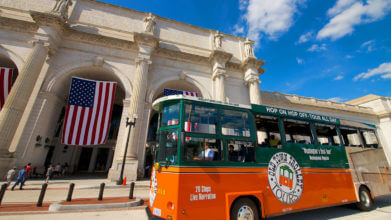
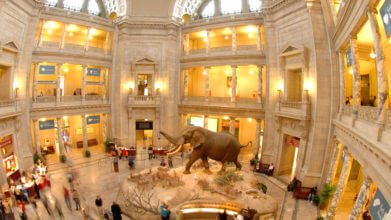
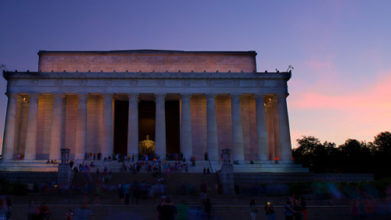
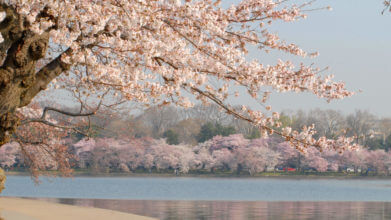
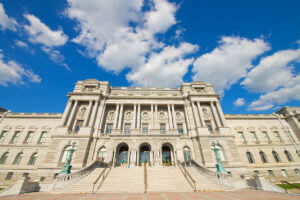 Library of Congress
Library of Congress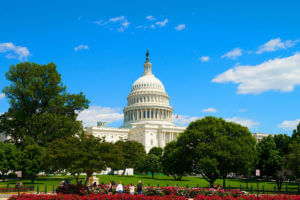 U.S. Capitol
U.S. Capitol